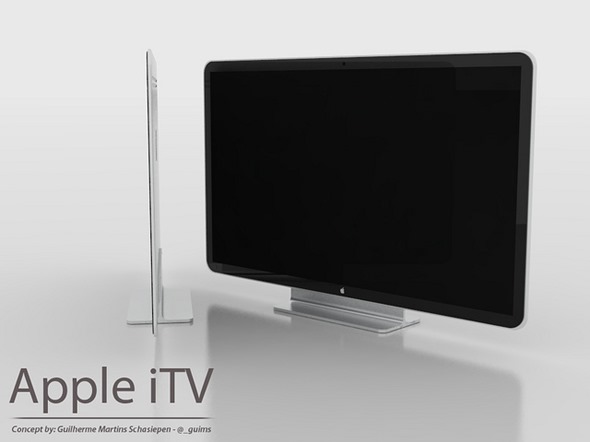Despite producing multiple iPhone prototypes (here, here and here) leading up to its blockbuster 2007 release, the company’s brain trust nearly shelved the project because it didn’t believe the device was up to Apple’s exacting standards of what a mobile phone should be, Cupertino’s vice president of industrial design Jonathan Ive revealed in an interview.
One of the issues that had the team consider axing the iPhone involved the device’s touchscreen accidentally initiating a phone call when put against one’s ear. Apple later solved this by equipping the iPhone with a proximity sensor which automatically turns off the display to prevent spray input from your face…
Gideon Spanier of The Independent talked to Ive, who explained speaking at a British Business Embassy event to coincide with the Olympics:
There were multiple times where we nearly shelved the phone because we thought there were fundamental problems that we can’t solve. One problem involved an early prototype where I put the phone to my ear and my ear dials the number accidentally.
So how did Apple go about solving this problem?
With a proximity sensor, now the standard feature of most touchscreen phones (even if Nokia’s 7650 handset had it back in 2002).
Steve enthusiastically pointed out the iPhone’s many sensors, including the proximity sensor feature, during the iPhone’s January 2007 unveiling (13:20 in)
[tube]6uW-E496FXg[/tube]
Apple also noted the feature in its 2007 press release announcing the handset:
iPhone’s built-in proximity sensor detects when you lift iPhone to your ear and immediately turns off the display to save power and prevent inadvertent touches until iPhone is moved away.
Ive also shared this little gem on Apple’s process of product evaluation:
We have been, on a number of occasions, preparing for mass production and in a room and realised we are talking a little too loud about the virtues of something. That to me is always the danger, if I’m trying to talk a little too loud about something and realising I’m trying to convince myself that something’s good.
This is how product design should be done and it’s a shame that only Apple appears to be holding its internal projects to high standards.
I also love this quote:
You have that horrible, horrible feeling deep down in your tummy and you know that it’s OK but it’s not great. And I think some of the bravest things we’ve ever done are really at that point when you say, ‘that’s good and it’s competent, but it not’s great’.
Most other companies would just release the damn thing and worry about customer satisfaction later. Of course, Apple also left out some standard features from the original iPhone, such as copy and paste and MMS, adding them in later iterations.
But Apple is known for its uncanny ability to say ‘no’ to a thousand things in order to really focus on a handful of features that matter.
Asked why Apple only makes Macs, iPhones, iPads and iPods, Ive replied that “we only want a manageable number of products we can invest in an incredible amount of care”.
He also feels Apple does not get enough credit for rejecting ideas and devices.
Still, can I have my Apple television set at some point in the future?
Pretty please?
Ive was also quoted yesterday saying that Apple’s fortunes are the result of its uncompromising focus on end user experience rather than money being the primary driver.
“If we are successful people will like [our products] and if we are operationally competent, we will make money”, Ive said sharing tidbits on Apple’s design acumen and business practices with Wired UK.
Apple is incredibly lucky to have the likes of Jony Ive on its deep bench of executives to provide guidance to Tim Cook.
I’m kinda hoping that Apple will name Ive its next CEO once Cook’s tenure is over.
You?

